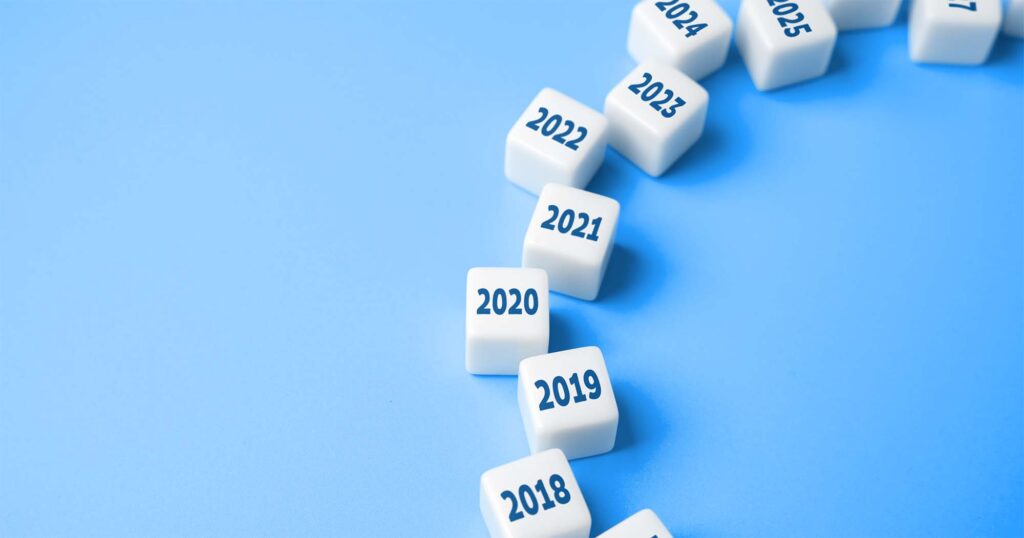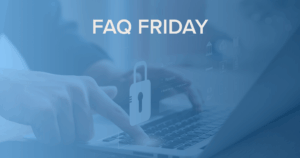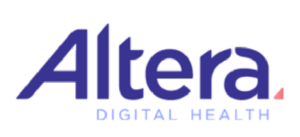Fax technology has evolved significantly since its inception in the 19th century. From the rudimentary electric printing telegraph to today’s sophisticated digital platforms, faxing has evolved significantly, adapting to the needs of businesses worldwide. This blog post explores the journey of fax technology, its current state, and what the future holds for this essential communication tool.
When Was the Fax Machine Invented?
The origins of fax technology trace back to May 27, 1843, when Scottish inventor Alexander Bain created the first fax machine. His groundbreaking invention, known as the electric printing telegraph, could scan images line by line and transmit them via telegraph wires. Although Bain’s device was not commercially successful at the time, it laid the foundation for future advancements in facsimile technology. The concept of sending images and documents over long distances using electrical signals paved the way for the commercial success of fax machines in later years.
Timeline of Fax Technology
Several key milestones mark the evolution of fax technology:
- 1843 – The First Fax Machine: Alexander Bain patents the Electric Printing Telegraph, considered the first fax machine, capable of scanning images and transmitting them through telegraph wires.
- 1865 – Pantelegraph: Italian physicist Giovanni Caselli invented the Pantelegraph, the first commercially available fax machine used to send images via telegraph between Paris and Lyon.
- 1924 – Belinograph: French inventor Édouard Belin developed the Belinograph, a device used to send images over phone lines, primarily by newspapers for sending photographs.
- 1947 – First Telephone-Based Fax: Alexander Muirhead transmits the first fax over a telephone line, marking the beginning of modern fax technology.
- 1964 – Xerox Introduces the Modern Fax Machine: Xerox Corporation introduces the Long Distance Xerography (LDX), one of the first practical and commercially available fax machines for use over standard telephone lines.
- 1974 – The Rise of Group 3 Standards: The International Telecommunication Union (ITU) establishes the Group 3 standard, making fax transmission faster and more reliable.
- 1980s – Peak Adoption of Fax Machines: Fax machines gain widespread use in offices worldwide, becoming a staple of business communication.
- 1990s – Digital Faxing: The integration of faxing with computers begins with software programs allowing users to send and receive faxes digitally.
- 2000s – Internet Faxing and Online Services: Traditional fax machines saw a decline as internet services, such as online faxing, provided the convenience of faxing through email.
- 2010s – Cloud and Mobile Integration: With cloud-based faxing and mobile apps, fax services integrate with platforms like Google Drive and Dropbox.
- 2020s – Fax over IP (FoIP) and Security Compliance: Fax over IP technology becomes prevalent, enhancing transmission speed and reducing costs.
Today’s Era of Fax Technology
Today, fax technology has evolved into a seamless, paperless experience! Most faxes are now sent and received online, allowing users to handle documents through email or web platforms effortlessly. This transformation not only streamlines the process but also cuts down on paper waste, making it better for our planet.
Key features such as email-to-fax, fax-to-email, cloud integration, and mobile faxing through dedicated apps, including cloud faxing, allow you to manage your documents anytime, anywhere. With Fax over IP (FoIP), you can send faxes via the Internet using VoIP networks instead of traditional phone lines. FoIP provides numerous advantages, including cost savings, quicker transmission, and seamless integration with your existing VoIP systems.
Additionally, integrating automation and document management has become an essential piece of modern business workflows. Services that route faxes and leverage OCR technology to convert documents into editable text are enhancing productivity and making information more accessible than ever.
What the Future of Faxing Holds
The future of fax technology holds exciting advancements fueled by innovations in artificial intelligence (AI), automation, and blockchain technology. AI will enhance processes like document sorting and error detection, while cloud-based integration allows businesses to manage faxes seamlessly alongside other digital communications. As remote work gains traction, remote faxing apps are emerging with features like instant translation and integration with platforms like email and Slack.Fax over IP (FoIP) is replacing traditional methods, offering faster and higher-quality service and blockchain integration maintains secure, tamper-proof records for highly regulated industries. These innovations will help further streamline workflows and elevate the faxing experience, making it an essential tool for modern businesses.
Stay Ahead of Ever Evolving Fax Technology With Lane
Lane Fax Solutions leads the way in secure fax technology, equipping businesses with essential tools to stay competitive. Their offerings include advanced online faxing, HIPAA-compliant security, cloud and mobile integration, and Fax over IP (FoIP) for efficient transmissions. Committed to future innovations like AI and blockchain, Lane allows businesses to navigate the evolving fax landscape confidently, prioritizing efficiency, security, and reliability.
The evolution of fax technology showcases its resilience and adaptability. From its origins to its current digital transformation, faxing remains a vital tool for businesses worldwide. By staying updated on the latest advancements and partnering with forward-thinking providers like Lane Fax Solutions, businesses can harness faxing’s full potential to enhance communication and productivity.




